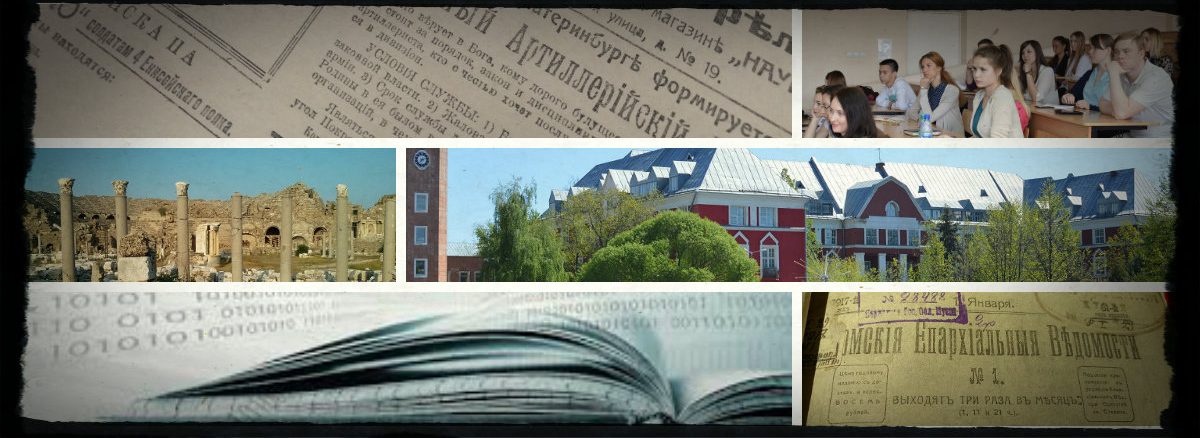The advent of the twentieth century has been hailed as the beginning of the modern age. A combination of technological advances and societal freedoms led the way to a new world where - among other things - entertainment for the masses became a thriving industry. The upbeat mood of America was reflected in its theater, its popular songs, the craze for ballroom dancing, and above all in the newest of popular fads, the motion pictures. At the same time, America was forging its own classical culture worthy to compete with its European forebears.
Performing Arts in America 1875 -1923, a web site of The New York Public Library for the Performing Arts, captures a glimpse of this world. With visual and audio images drawn from the extensive archival collections at The Library, the site features an authentic look at this past, from the Broadway theater and Tin Pan Alley to the art of dancer Loie Fuller and composer Charles Griffes, all brought to you in original documents. Captured in the then new techniques of photography, recorded sound, and film, the performing arts of the early twentieth century come alive as never before, preserved by The New York Public Library and brought to you a century later via the Internet.
Contents of the Collection
Performing Arts in America 1875-1923 was funded, in part, by the National Endowment for the Arts. It presents a searchable database of 16,000 objects representing archival materials from one of the strongest periods in the Performing Arts Library collections. The overall richness of these collections is demonstrated by the variety of complementary original resources that, studied together, can inform and further an understanding of one artist, an entire production, or a whole era. Included are clippings from a broad range of newspapers; composite photographs, called "keysheets" that contain large numbers of reduced-size promotional shots; music sheet samples featuring popular music, show-tunes, jazz and dance music; photographs of theater, dance, and popular performance; and publicity posters and lobby cards, the latter produced in the early years of the film industry and used in theater lobbies to promote films.
Use of the online Collection
The site is best viewed with a 4.0 or higher Internet browser at a screen resolution of 600 by 800 pixels. Apple Quicktime and RealPlayer plug-ins are also necessary for a full viewing experience. Viewing tips and instructions can be found under the Help button. Use Browse Index for links to complete lists of material formats, names, titles, and subjects included in the Performing Arts collection. Use Search to enter a specific word, phrase, or keywords.
The New York Public Library provides access to a broad range of historical resources, including materials that may contain offensive language or stereotypes. Such materials should be viewed in the context of their relevant time periods. All historical media are presented as specific, original artifacts, without further enhancement to their appearance or quality.
Источник описания
